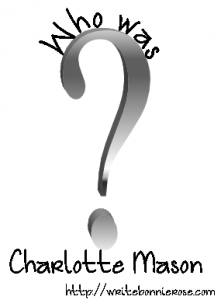
One of the things I first noticed about homeschooling communities and discussion pages was that there was a new vocabulary I needed to learn. I didn’t know what a lapbook was. I didn’t know what made one book living while another one was apparently dead, I didn’t know that you could assemble amazing teaching tools from file folders and paper pockets, and I had never heard of Charlotte Mason.
I confess, I felt silly a few times asking questions, but everyone was wonderful, and I started to catch on (though a few terms still confuse me a little!). I learned that in addition to learning styles, there were also teaching methods. I also discovered that a large number of homeschoolers like to mix and match methods. That is part of the beauty of homeschooling—you can choose the style that fits best with the subject and your family at the time. You can also choose what works best for each special and unique child.
I’m sure I haven’t discovered them all yet, but the first method I’d like to introduce you to is the Charlotte Mason method (sometimes simply abbreviated as CM).
Charlotte Mason was a British educator who lived in the late 1800s. One of the things that set her apart as an educator was that she didn’t believe that education was simply a means to an end, i.e., learn the facts, pass the test, function reasonably well in society. She believed children were precious treasures entrusted to us by God who deserved our respect and our help in enjoying a life-long journey and process of learning, growing, and maturing physically, mentally, and spiritually.
Next week we’ll take a look at some of the key components of a Charlotte Mason-style education.
 This post is Part One of a four-part series: How to Write for the Homeschool Market: The Charlotte Mason Method. Enjoy the rest of the series here.
This post is Part One of a four-part series: How to Write for the Homeschool Market: The Charlotte Mason Method. Enjoy the rest of the series here.
Who Was Charlotte Mason?
What Are the Key Elements of the Charlotte Mason Style?
Tutorial: Creating Copywork 1-2-3
How to Incorporate the Charlotte Mason Method Into Your Writing

Leave a Reply